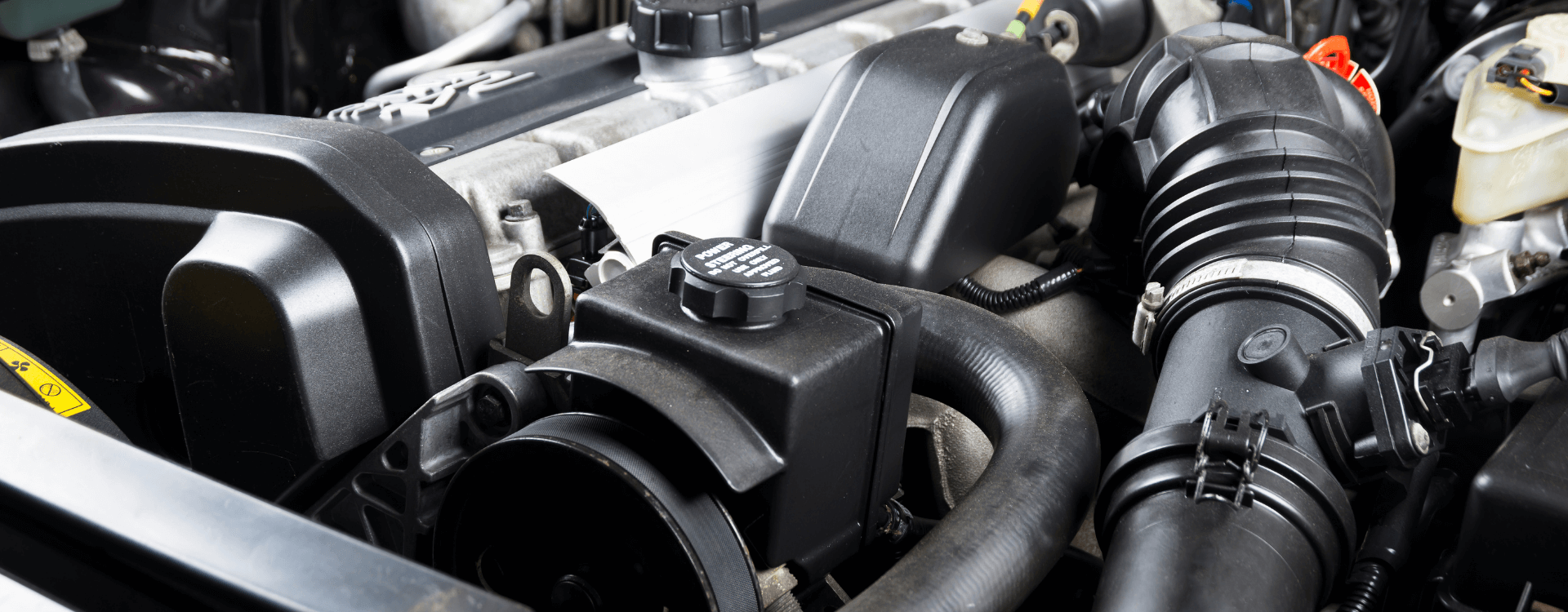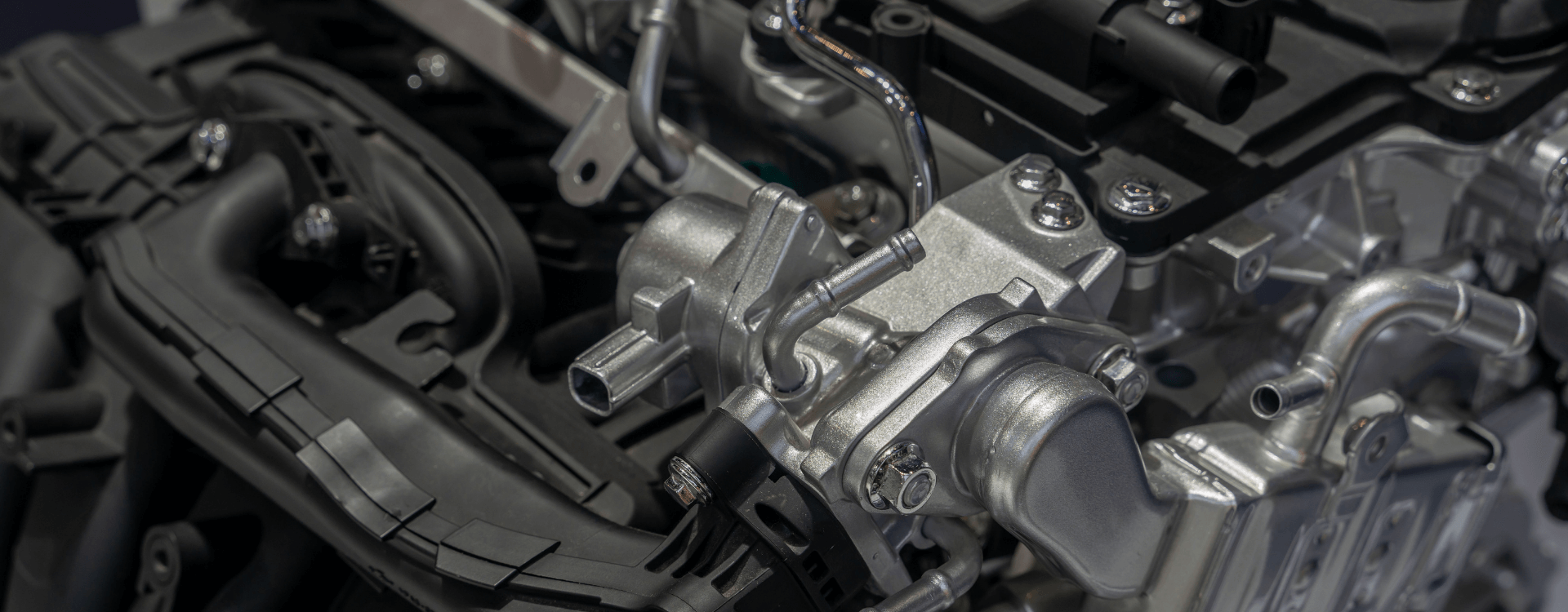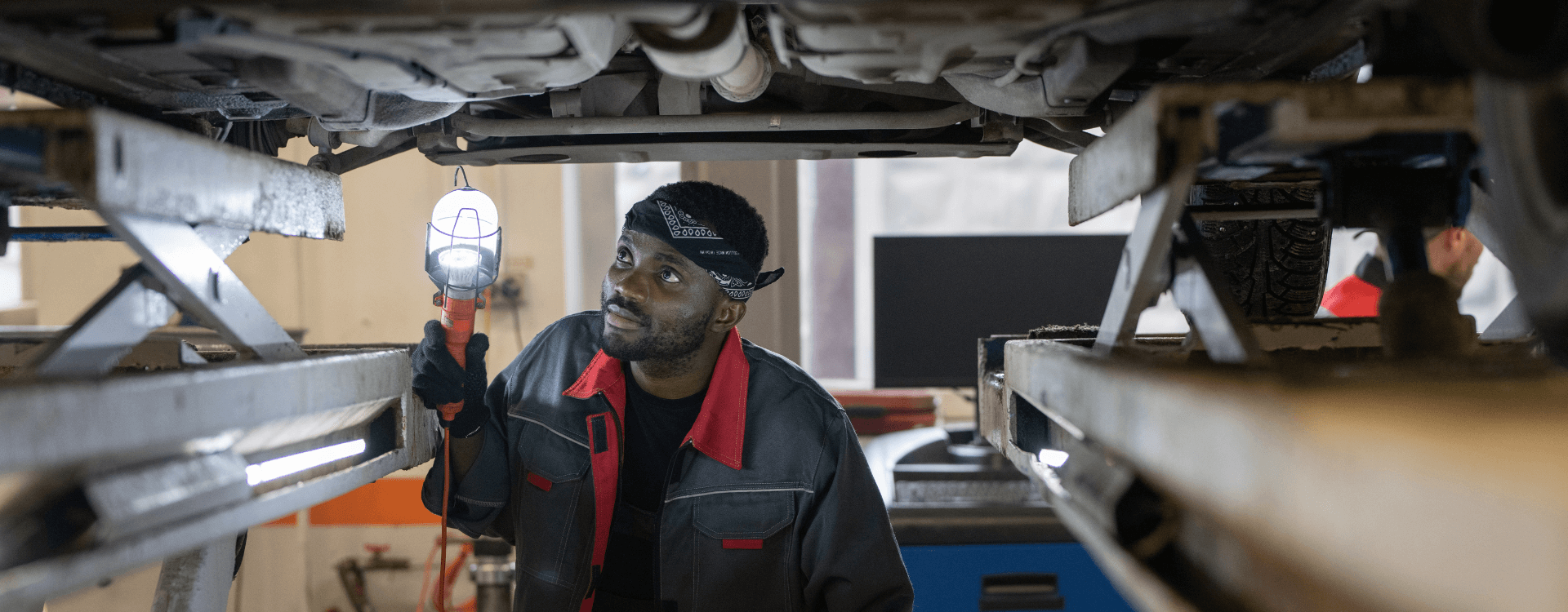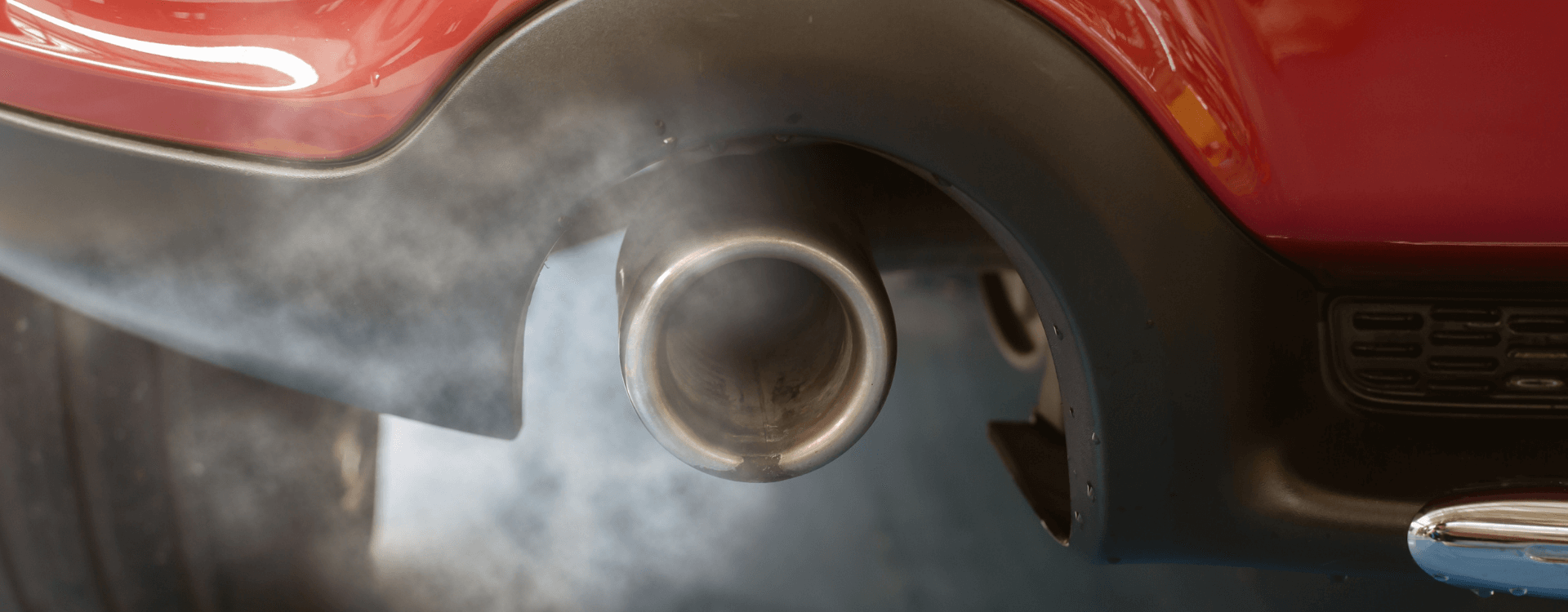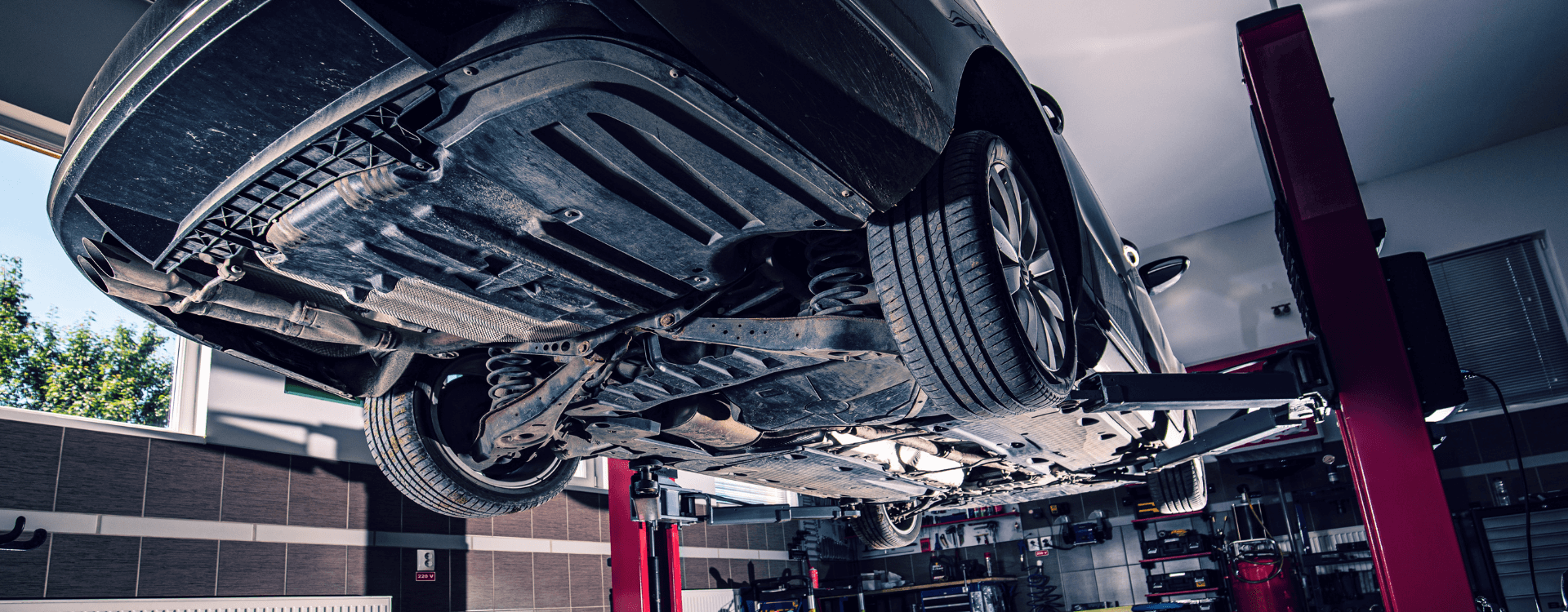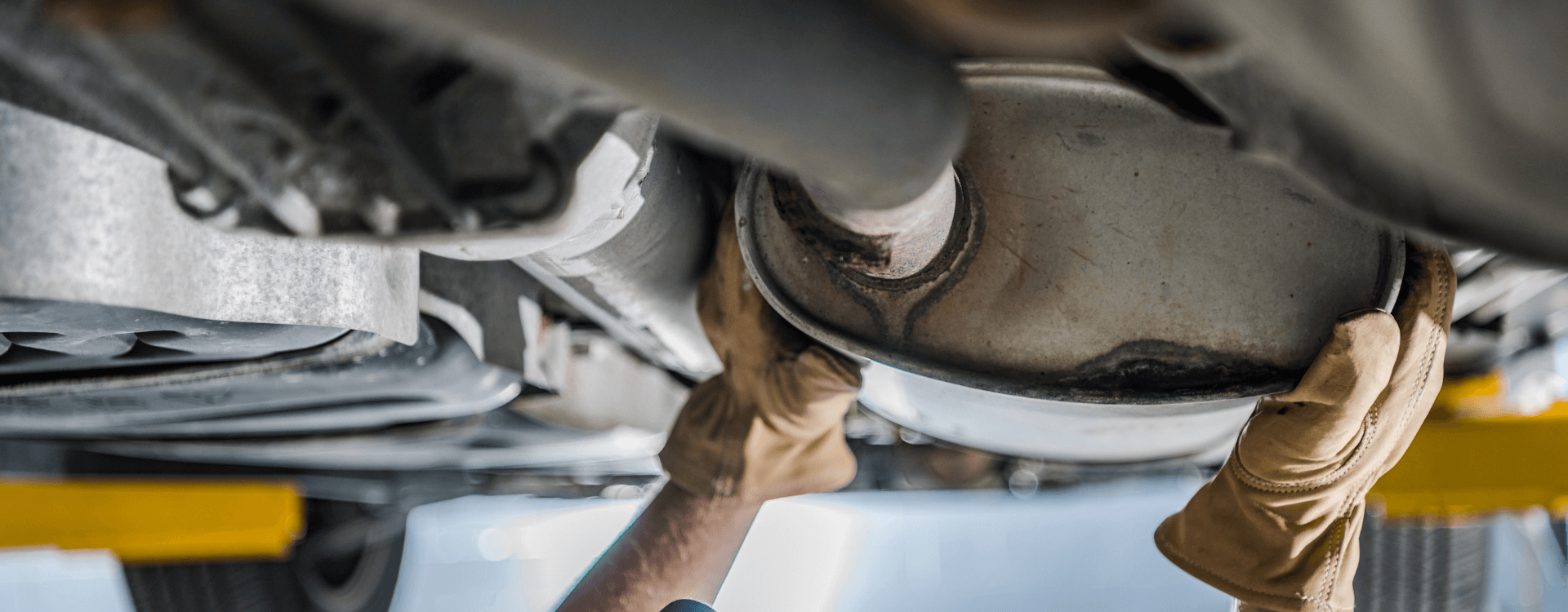
All you need to know about the GPF, the particulate filter for petrol cars
Many people don't know this, but since 2016, particulate filters have also been mandatory on petrol-engined cars put on the road in the European Union. They are called GPFs, for Gasoline Diesel Particulate Filter. Yet how these anti-pollution devices work is often misunderstood. Do they work like the particle filters in diesel cars ? Does a GPF need to be maintained ?
How does a GPF work ?
In order to limit the polluting emissions also from petrol cars, it was decided to impose, as of 1er January 2016, a specific particulate filter. This is known as the GPF. It meets increasingly strict regulations aimed at reducing the environmental impact of cars. Indeed, faced with the soaring amounts of the ecological malus, it was necessary to find a solution that would significantly reduce fine particle emissions in the exhaust... And the cost of buying new cars. The overall promise ? It is to reduce up to 95% of the pollution generated by a petrol car. At the same time, the introduction of the Euro6c standard has forced manufacturers to achieve a limit of 60 mg/kilometre (nitrogen oxides).
The GPF captures soot particles through the exhaust. These arrive in a honeycomb grid and agglomerate. The exhaust line heats up fairly quickly, which allows the pollution particles to be carbonised without the need for regeneration cycles, as petrol engines heat up more quickly than diesel engines. This allows the GPF to operate completely autonomously, without any maintenance or risk of clogging. In addition, the particle filter of petrol engines (GPF) also leads to a very slight drop in power, which remains quite minimal and hardly noticeable in use. The sound can also be slightly muffled as it adds an extra element to the exhaust line, which can act in the same way as a silencer.
What are the benefits of GPF ?
The GPF has several advantages, which are:
- Significant reduction in pollutant emissions from the engine;
- An effective action, performed without a regeneration cycle;
- No risk of clogging;
- Lower purchase cost than a particulate filter;
- Lifetime as the car;
- No maintenance required.
What are the differences between a PAF and a GPF ?
Fundamentally, the FAP and GPF are very similar. Both take the form of a metal cylinder, which sits on the exhaust line. This means that the two elements are similar in appearance, especially on the outside. On the inside, both have a monolith, made of precious metals (mostly) with a honeycomb structure that traps fine pollution particles. However, as we know, diesel and petrol engines operate differently and do not emit the same pollutants. For this very reason, the catalysts of these engines are not similar.
The gasoline engine particulate filter (GPF) does not require a regeneration cycle to remove fine particles, to prevent clogging. The faster heating of the exhaust line allows the particles to be removed directly, evenly and imperceptibly for the driver. The gases that are filtered include hydrocarbons, azonte oxides and carbon monoxide particles. This converts the pollutants into carbon dioxide, nitrogen and water even more efficiently. It is easy to confuse the GPF with the catalyst. However, there is a real difference between the two. The catalyst reduces the toxicity of the pollutants, whereas the particle filter in petrol engines filters and removes these same particles. This means that the GPF wears out very slowly. Moreover, the GPF has been designed to last. Its life span is equivalent to that of the car.
There are therefore many differences between a PAF and a GPF. Despite a common purpose, the operation remains quite distinct and this is felt in use and over time.
Can a GPF become clogged ?
Due to its design and the faster heating of petrol engines, GPF wears very little. At the same time, the risk of clogging is really minimal, which allows GPF manufacturers to advertise a very long service life, much longer than the best diesel car particulate filters. Even on repeated short trips, the GPF will manage to remove fine particles faster.
Yet some people fear this fouling, which is nonetheless non-existent, and consider removing the GPF from their petrol engine cars. However, this procedure is strictly forbidden. Above all, it does not bring anything concrete in terms of approval. The DPF on petrol cars is very discreet and only slightly alters the sound. It should be remembered that Article L. 318-3 of the Highway Code states that a fine of €7,500 can be imposed for any removal of a pollution control device on a vehicle.
What is the average cost of a GPF ?
The cost of the GPF is relatively low. Since it does not need to be replaced, the question of replacement price does not really arise. New car manufacturers did not apply any particular surcharge when it was imposed to install this equipment on vehicles. The reason is that the cost of development and materials is lower than that of diesels. Ceramic is more conventional, for example. You don't have to worry when buying a new or used petrol car about it being fitted with GPF as standard.
When should the GPF be replaced ?
Good news ! The GPF has therefore been designed to last. Its operation, correlated with that of petrol engines, ensures that soot is removed permanently and effectively. This means that you don't have to worry about clogging or any particular failure. So you don't have to worry about replacing this equipment, which has been developed to last the lifetime of your vehicle.
The final word
The GPF is a particularly ingenious device for improving the carbon footprint of vehicles. Largely inspired by the particulate filter in diesel cars, it takes the recipe from it and adapts it to petrol cars. The device works beautifully and is reliable, durable and efficient. Its extended life makes it a particularly well thought-out and relevant device for lowering pollutant emissions from petrol cars. The fact that there is no risk of clogging makes the GPF a valuable ally for motorists who benefit from a greatly reduced environmental penalty as a bonus.
So there is no need to be particularly fearful when switching to a petrol engine car fitted with a particulate filter. Of course, the sound will be slightly muffled, but in reality, there is no major disadvantage to having this device in your car, quite the contrary !
Image sources:
Karolina Osinska / Author: nd3000 / Licence ID: 8WXFDAEJLH - elements.envato.com

